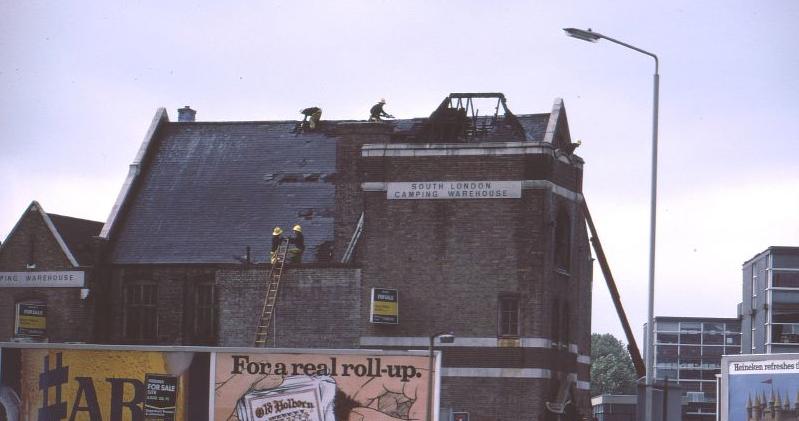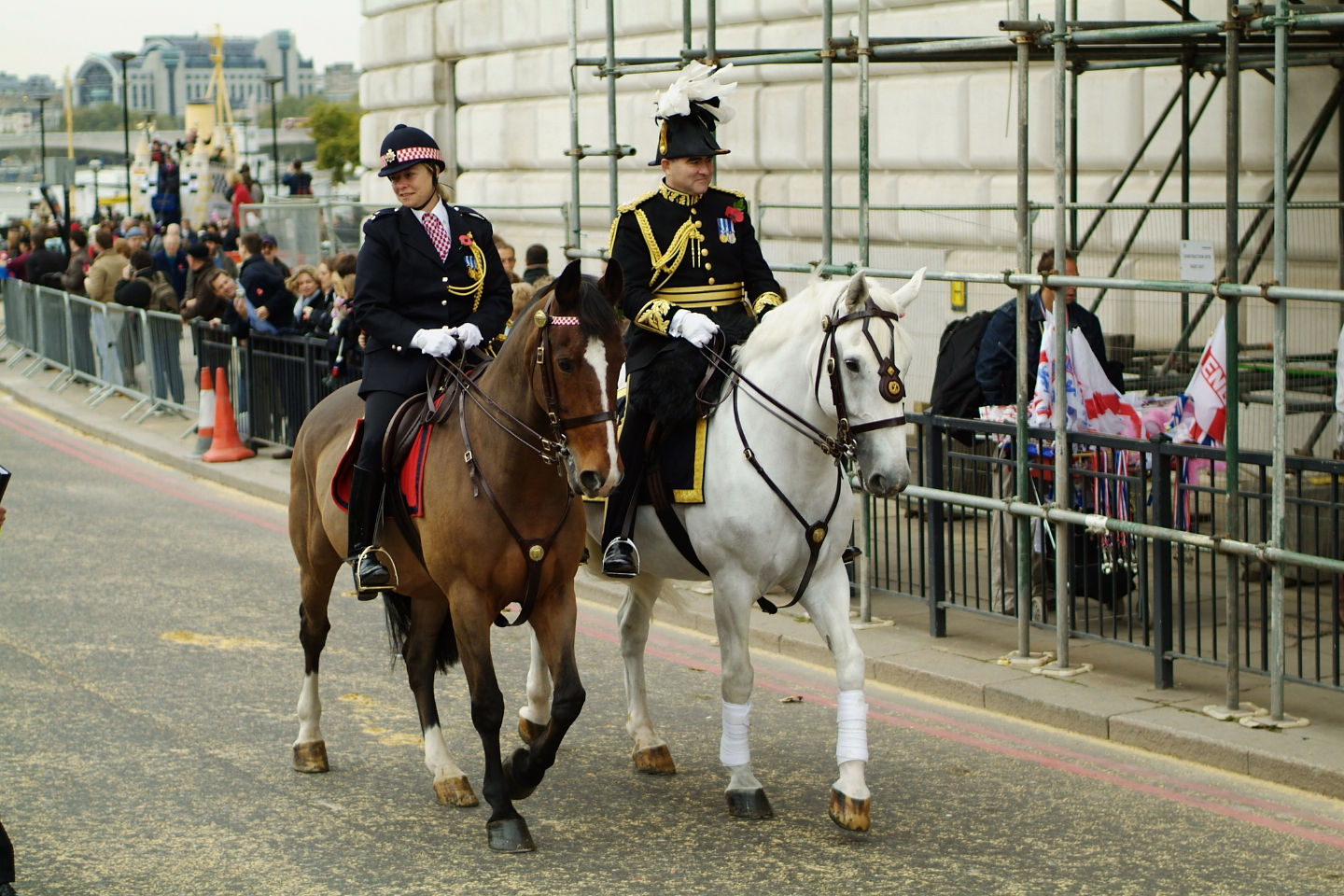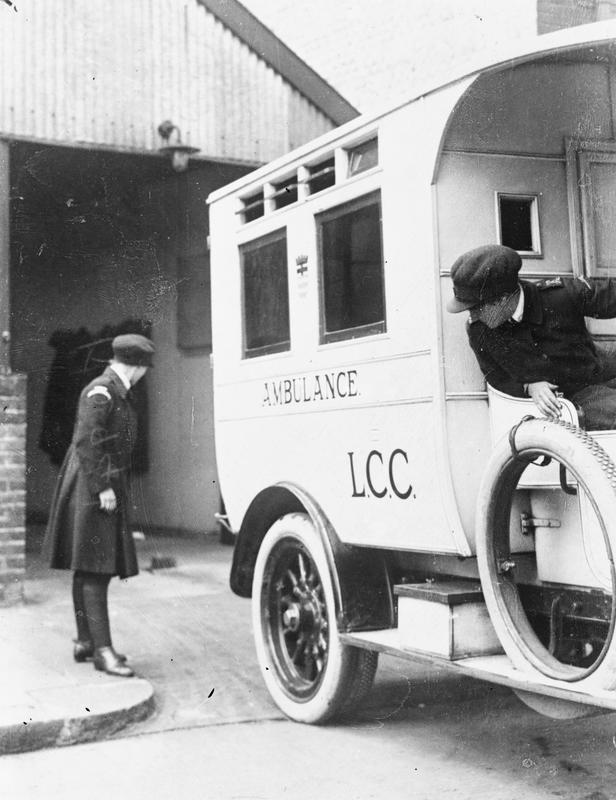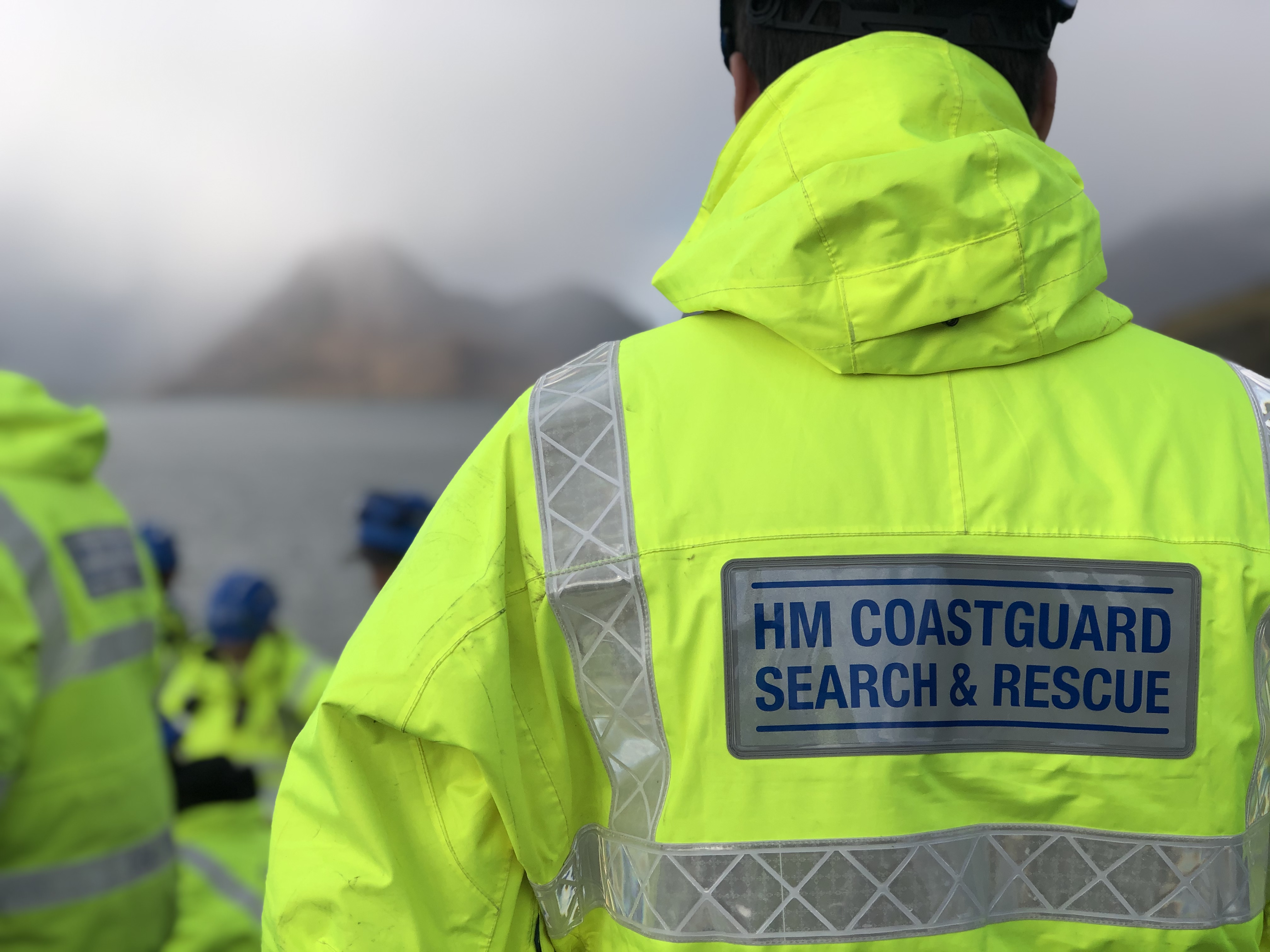|
London Emergency Services Liaison Panel
The London Emergency Services Liaison Panel (LESLP) consists of representatives from the following agencies: *Metropolitan Police Service *London Fire Brigade *City of London Police *British Transport Police *London Ambulance Service (NHS Trust) *HM Coastguard (London) *Port of London Authority *All London Local Authorities *Military (Joint Regional Liaison Officer)Transport for London Established in 1973, the group meets regularly and is chaired by the Metropolitan Police Service. The role of the LESLP is to establish the correct procedures for a collaborative approach to responding to major incidents within London. A major incident could be anything from a to a nat ... [...More Info...] [...Related Items...] OR: [Wikipedia] [Google] [Baidu] |
Metropolitan Police Service
The Metropolitan Police Service (MPS), formerly and still commonly known as the Metropolitan Police (and informally as the Met Police, the Met, Scotland Yard, or the Yard), is the territorial police force responsible for law enforcement and the prevention of crime in Greater London. In addition, the Metropolitan Police is also responsible for some specialised matters throughout the United Kingdom; these responsibilities include co-ordinating and leading national counter-terrorism measures and the personal safety of specific individuals, such as the Monarch and other members of the Royal Family, members of the Government, and other officials (such as the Leader of the Opposition). The main geographical area of responsibilities of the Metropolitan Police District consists of the 32 London boroughs, but does not include the City of London proper — that is, the central financial district also known as the "Square Mile" — which is policed by a separate force, the City of Lon ... [...More Info...] [...Related Items...] OR: [Wikipedia] [Google] [Baidu] |
London Fire Brigade
The London Fire Brigade (LFB) is the fire and rescue service for London, the capital of the United Kingdom. It was formed by the Metropolitan Fire Brigade Act 1865, under the leadership of superintendent Eyre Massey Shaw. It has 5,992staff, including 5,096 operational firefighters and officers based at 102 fire stations (plus one river station). The LFB is led by the Commissioner for Fire and Emergency Planning, a position currently held by Andy Roe. The brigade and Commissioner are overseen by the Greater London Authority, which in 2018 took over these responsibilities from the London Fire and Emergency Planning Authority (LFEPA). In the 2015-16 financial year the LFB received 171,488 emergency calls. These consisted of: 20,773 fires, 48,696 false alarms of fire and 30,066 other calls for service. As well as firefighting, the LFB also responds to road traffic collisions, floods, shut-in-lift releases, and other incidents such as those involving hazardous materials or major t ... [...More Info...] [...Related Items...] OR: [Wikipedia] [Google] [Baidu] |
City Of London Police
The City of London Police is the territorial police force responsible for law enforcement within the City of London, including the Middle and Inner Temples. The force responsible for law enforcement within the remainder of the London region, outside the city, is the much larger Metropolitan Police, a separate organisation. The City of London, which is now primarily a financial business district with a small resident population but a large commuting workforce, is the historic core of London, and has an administrative history distinct from that of the rest of the metropolis, of which its separate police force is one manifestation. The City of London area has a resident population of around 8,700, however there is also a daily influx of approximately 513,000 commuters into the city, along with thousands of tourists. The police authority is the Common Council of the City and, unlike other territorial forces in England and Wales, there is not a police and crime commissioner replac ... [...More Info...] [...Related Items...] OR: [Wikipedia] [Google] [Baidu] |
British Transport Police
, nativename = , abbreviation = BTP , patch = , patchcaption = , logo = British Transport Police Logo.svg , logocaption = Logo of the British Transport Police , badge = , badgecaption = , flag = , flagcaption = , motto = , mottotranslated = , formedyear = , preceding1 = Great Western Railway Police , preceding2 = London and North Eastern Railway Police , preceding3 = London, Midland and Scottish Railway Police , preceding4 = Southern Railway Police , preceding5 = London Transport Police , employees = , volunteers = , budget = £328.1 million (2021/22) , legalpersonality = , country = England, Wales and Scotland , countryabbr = GB , national = Yes , map = , mapcaption = Jurisdiction of the British Transport Police , sizearea = of track and more than 3,000 railway stations and depots. , sizepopulatio ... [...More Info...] [...Related Items...] OR: [Wikipedia] [Google] [Baidu] |
London Ambulance Service
The London Ambulance Service NHS Trust (LAS) is an NHS trust responsible for operating ambulances and answering and responding to urgent and emergency medical situations within the London region of England. The service responds to 999 phone calls across the region, and 111 phone calls from certain parts, providing triage and advice to enable an appropriate level of response. It is one of the busiest ambulance services in the world, and the busiest in the United Kingdom, providing care to more than 8.6million people, who live and work in London. The service is currently under the leadership of chief executive Daniel Elkeles and chair Andrew Trotter OBE QPM. The service employs around 5,300 staff. It is one of ten ambulance services trusts in England providing emergency medical services, and is part of the National Health Service, receiving direct government funding for its role. The LAS responded to over 2.1million 999 calls for assistance, and over 1.2million incidents in the ... [...More Info...] [...Related Items...] OR: [Wikipedia] [Google] [Baidu] |
HM Coastguard
His Majesty's Coastguard (HMCG) is a section of the Maritime and Coastguard Agency responsible, through the Secretary of State for Transport to Parliament, for the initiation and co-ordination of all maritime search and rescue (SAR) within the UK Maritime Search and Rescue Region. This includes the mobilisation, organisation and tasking of adequate resources to respond to persons either in distress at sea, or to persons at risk of injury or death on the cliffs or shoreline of the United Kingdom. It is also responsible for land based search and rescue helicopter operations from 2015. The chief executive of the Maritime and Coastguard Agency is Brian Johnson. Operational control of the service is the responsibility of the Director of HM Coastguard, Claire Hughes. His Majesty's Coastguard is not a military force nor law enforcement agency, with coastal defence being the responsibility of the Royal Navy, law enforcement being the responsibility of the local territorial police for ... [...More Info...] [...Related Items...] OR: [Wikipedia] [Google] [Baidu] |
Port Of London Authority
The Port of London Authority (PLA) is a self-funding public trust established on 31 March 1909 in accordance with the Port of London Act 1908 to govern the Port of London. Its responsibility extends over the Tideway of the River Thames and its continuation (the Kent/Essex strait). It maintains and supervises navigation, and protects the river's environment. The PLA originally operated all enclosed dock systems on the river (except the Regent's Canal Dock), but these have long been closed to commercial traffic, with the exception of Port of Tilbury, which was privatised in 1992. It inherited the private police forces of the companies which had previously run the docks, reorganising them into a single Port of London Authority Police. Finance The PLA receives no funding from the government and is entirely self-financing. Revenues are raised from conservancy charges on vessels and cargo, pilotage charges, annual port dues, hydrographic services, river works licence fees and cha ... [...More Info...] [...Related Items...] OR: [Wikipedia] [Google] [Baidu] |
Local Government In London
Local government in Greater London takes place in two tiers; an upper tier and a lower tier. The upper tier authority is the Greater London Authority (GLA), controlled by the Mayor of London and the London Assembly. The lower tier authorities are the 32 borough councils and the City of London Corporation in the City of London.History and general information. Retrieved on 2007-08-17. Upper tier The consists of two elected parts. They are the , who has exec ...[...More Info...] [...Related Items...] OR: [Wikipedia] [Google] [Baidu] |
British Armed Forces
The British Armed Forces, also known as His Majesty's Armed Forces, are the military forces responsible for the defence of the United Kingdom, its Overseas Territories and the Crown Dependencies. They also promote the UK's wider interests, support international peacekeeping efforts and provide humanitarian aid. Since the formation of the Kingdom of Great Britain in 1707 (later succeeded by the United Kingdom), the British Armed Forces have seen action in a number of major wars involving the world's great powers, including the Seven Years' War, the American Revolutionary War, the Napoleonic Wars, the 1853–1856 Crimean War, the First World War, and the Second World War. Britain's victories in most of these decisive wars, allowed it to influence world events and establish itself as one of the world's leading military and economic powers. As of October 2022, the British Armed Forces consist of: the Royal Navy, a blue-water navy with a fleet of 72 commissioned ships, together ... [...More Info...] [...Related Items...] OR: [Wikipedia] [Google] [Baidu] |
7 July 2005 London Bombings
The 7 July 2005 London bombings, often referred to as 7/7, were a series of four coordinated suicide attacks carried out by Islamic terrorists in London that targeted commuters travelling on the city's public transport system during the morning rush hour. Three terrorists separately detonated three homemade bombs in quick succession aboard London Underground trains across the city and, later, a fourth terrorist detonated another bomb on a double-decker bus in Tavistock Square. The train bombings occurred on the Circle line near and at Edgware Road, and on the Piccadilly line near . Apart from the bombers, 52 UK residents of 18 different nationalities were killed and more than 700 were injured in the attacks, making it the UK's deadliest terrorist incident since the 1988 bombing of Pan Am Flight 103 near Lockerbie, as well as the country's first Islamist suicide attack. The explosions were caused by improvised explosive devices made from triacetone triperoxide, pack ... [...More Info...] [...Related Items...] OR: [Wikipedia] [Google] [Baidu] |
Civil Contingencies Act 2004
The Civil Contingencies Act 2004 (c. 36) is an Act of the Parliament of the United Kingdom that makes provision about civil contingencies. It also replaces former Civil Defence and Emergency Powers legislation of the 20th century. Background to the Act The Civil Contingencies Act 2004 repeals the Civil Defence Act 1948 and the Civil Defence Act (Northern Ireland) 1950. Part 1 of the Act establishes a new and broad definition of "emergency". The definition includes war or attack by a foreign power, which were defined as emergencies under previous legislation, as well as terrorism which poses a threat of serious damage to the security of the United Kingdom and events which threaten serious damage to human welfare in a place in the United Kingdom or to the environment of a place in the United Kingdom. Previous legislation, which was enacted during or after the Second World War, provided for civil protection solely in terms of "civil defence", which was defined as "measures, other tha ... [...More Info...] [...Related Items...] OR: [Wikipedia] [Google] [Baidu] |
Gold Silver Bronze Command Structure
Gold is a chemical element with the symbol Au (from la, aurum) and atomic number 79. This makes it one of the higher atomic number elements that occur naturally. It is a bright, slightly orange-yellow, dense, soft, malleable, and ductile metal in a pure form. Chemically, gold is a transition metal and a group 11 element. It is one of the least reactive chemical elements and is solid under standard conditions. Gold often occurs in free elemental (native state), as nuggets or grains, in rocks, veins, and alluvial deposits. It occurs in a solid solution series with the native element silver (as electrum), naturally alloyed with other metals like copper and palladium, and mineral inclusions such as within pyrite. Less commonly, it occurs in minerals as gold compounds, often with tellurium (gold tellurides). Gold is resistant to most acids, though it does dissolve in aqua regia (a mixture of nitric acid and hydrochloric acid), forming a soluble tetrachloroaurate anion. Gold is ... [...More Info...] [...Related Items...] OR: [Wikipedia] [Google] [Baidu] |






